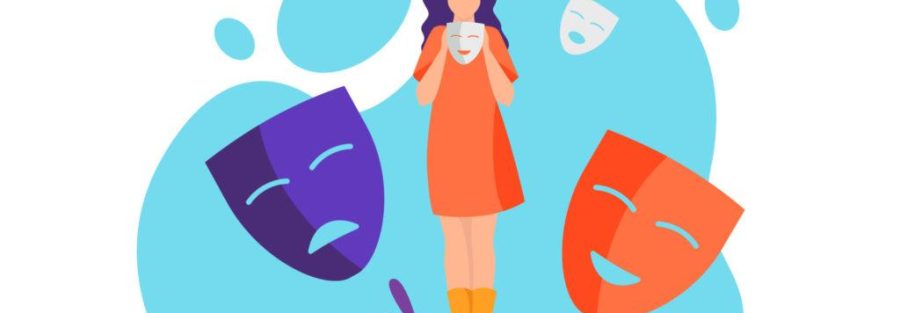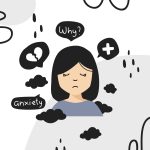1. Definition
Bipolar I Disorder is a type of bipolar spectrum disorder characterized by the occurrence of at least one manic episode in the lifetime of the individual. These manic episodes may be preceded or followed by hypomanic or major depressive episodes, although depression is not required for the diagnosis. Bipolar I is differentiated from Bipolar II Disorder by the presence of full manic episodes instead of just hypomanic episodes.
2. Diagnostic Criteria (DSM-5-TR) According to the DSM-5-TR, a manic episode is a distinct period of abnormally and persistently elevated, expansive, or irritable mood and persistently increased activity or energy, lasting at least one week and present most of the day, nearly every day. The diagnosis necessitates three (or more) of the following symptoms (four if the mood is only irritable):
- Inflated self-esteem or grandiosity
- Decreased need for sleep (e.g., feels rested after only 3 hours of sleep)
- More talkative than usual or pressure to keep talking
- Flight of ideas or subjective experience that thoughts are racing
- Distractibility (i.e., attention too easily drawn to unimportant or irrelevant external stimuli)
- Increase in goal-directed activity (either socially, at work or school, or sexually) or physical restlessness
- Excessive involvement in activities that have a high potential for painful consequences (e.g., engaging in unrestrained buying sprees, sexual indiscretions, or foolish business investments)
3. Prevalence and Impact Bipolar I Disorder affects approximately 1% of the global population and does not discriminate by gender, affecting males and females equally. The condition typically begins in the late teen years or early adulthood, often emerging without clear triggers. The episodic nature of this disorder significantly impacts life functioning, relationships, and occupational performance, and is associated with a high risk of suicide.
4. Treatment Approaches Effective management of Bipolar I Disorder typically involves a combination of medication and psychotherapy:
- Medications: The cornerstone of treatment includes mood stabilizers (e.g., lithium, valproate), atypical antipsychotics (e.g., olanzapine, quetiapine), and in some cases, antidepressants.
- Psychotherapy: Cognitive-behavioral therapy (CBT), psychoeducation, and family therapy are crucial in helping patients and their families understand the disorder and manage symptoms.
- Lifestyle and Coping Strategies: Regular sleep patterns, avoidance of alcohol and recreational drugs, stress management, and regular monitoring by a healthcare professional are essential.
5. Challenges and Considerations The cyclical pattern of mood episodes in Bipolar I Disorder often makes treatment challenging. Patients may resist treatment during manic episodes due to feelings of euphoria and increased productivity. Furthermore, the risk of medication non-compliance and the potential side effects of treatment can complicate long-term management strategies.
6. Research and Future Directions Ongoing research into the genetic and environmental factors contributing to Bipolar I Disorder aims to improve treatment outcomes. Advances in pharmacology and psychotherapeutic techniques continue to enhance the quality of life for those affected by this condition.
Further Reading and Resources:




